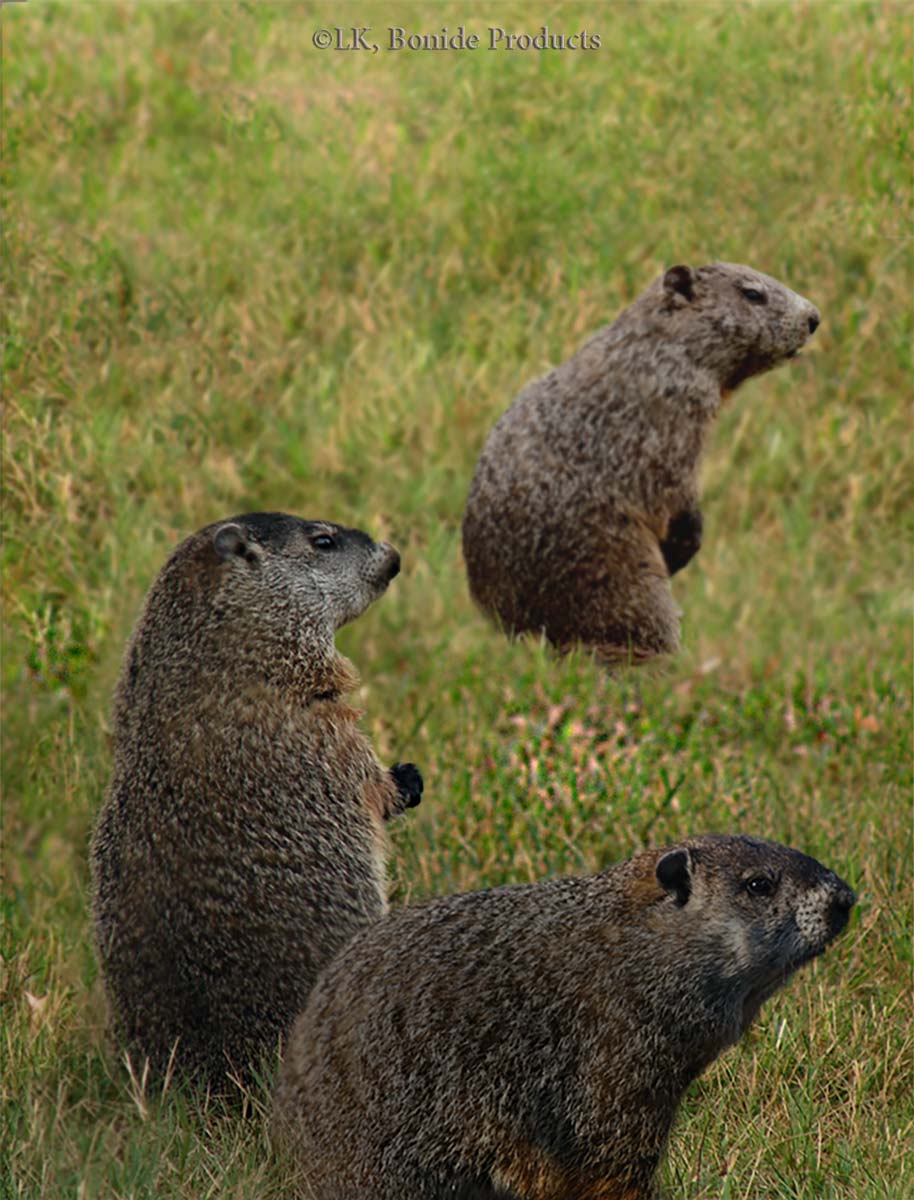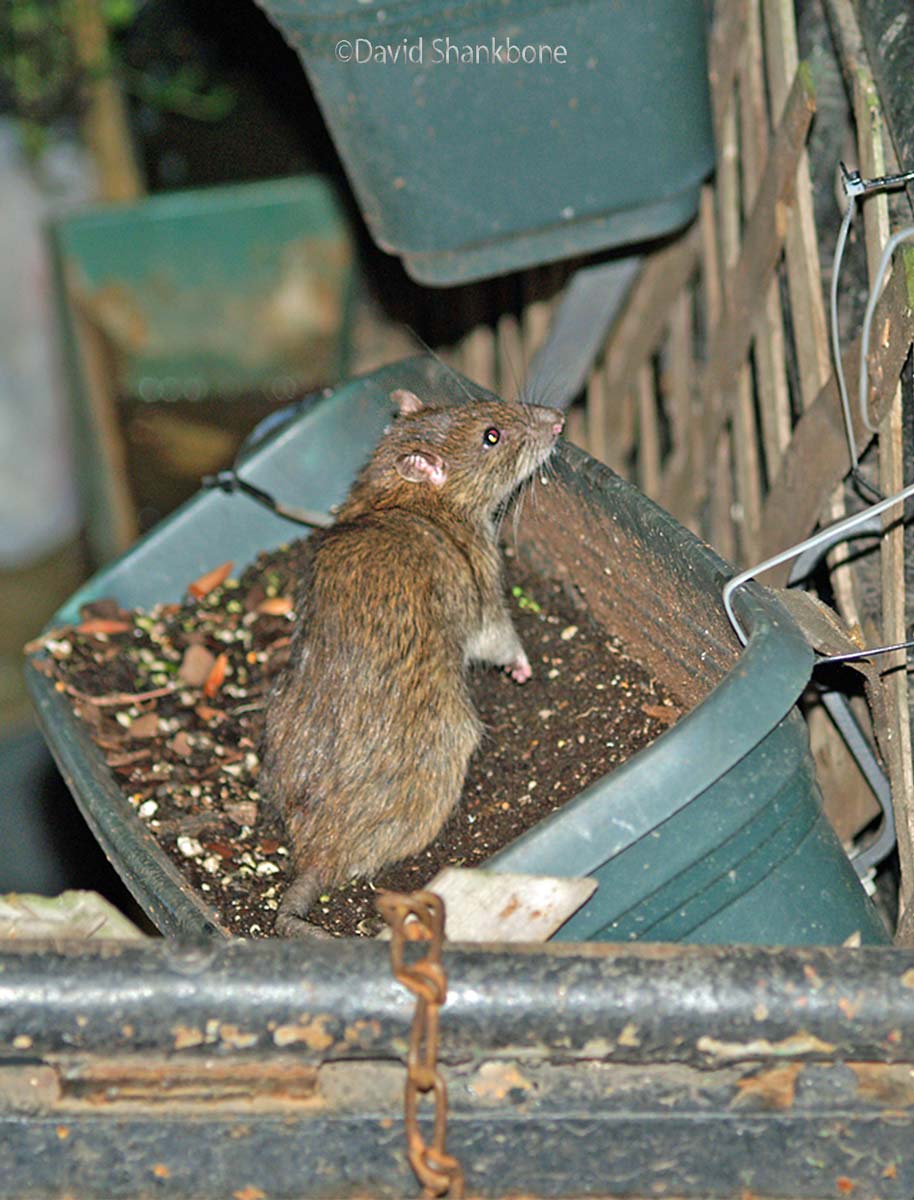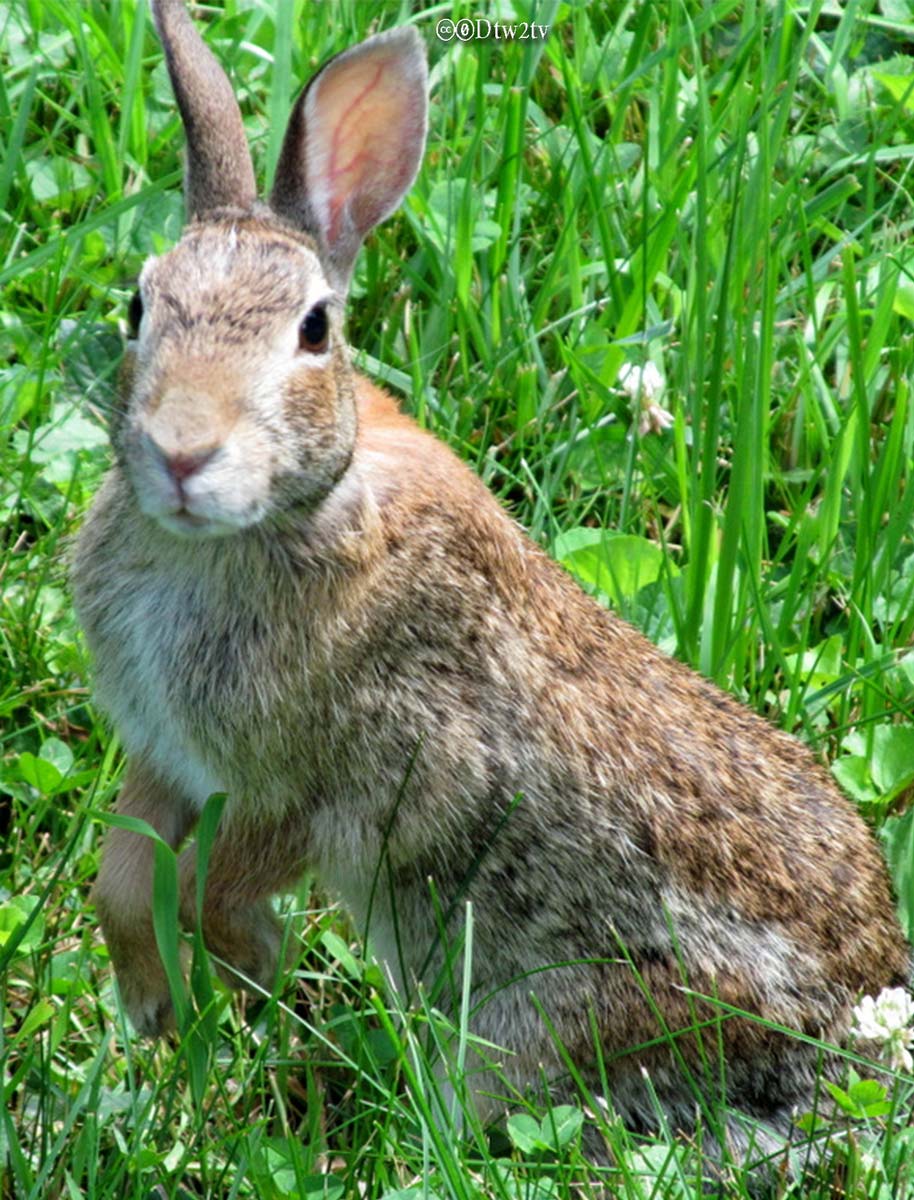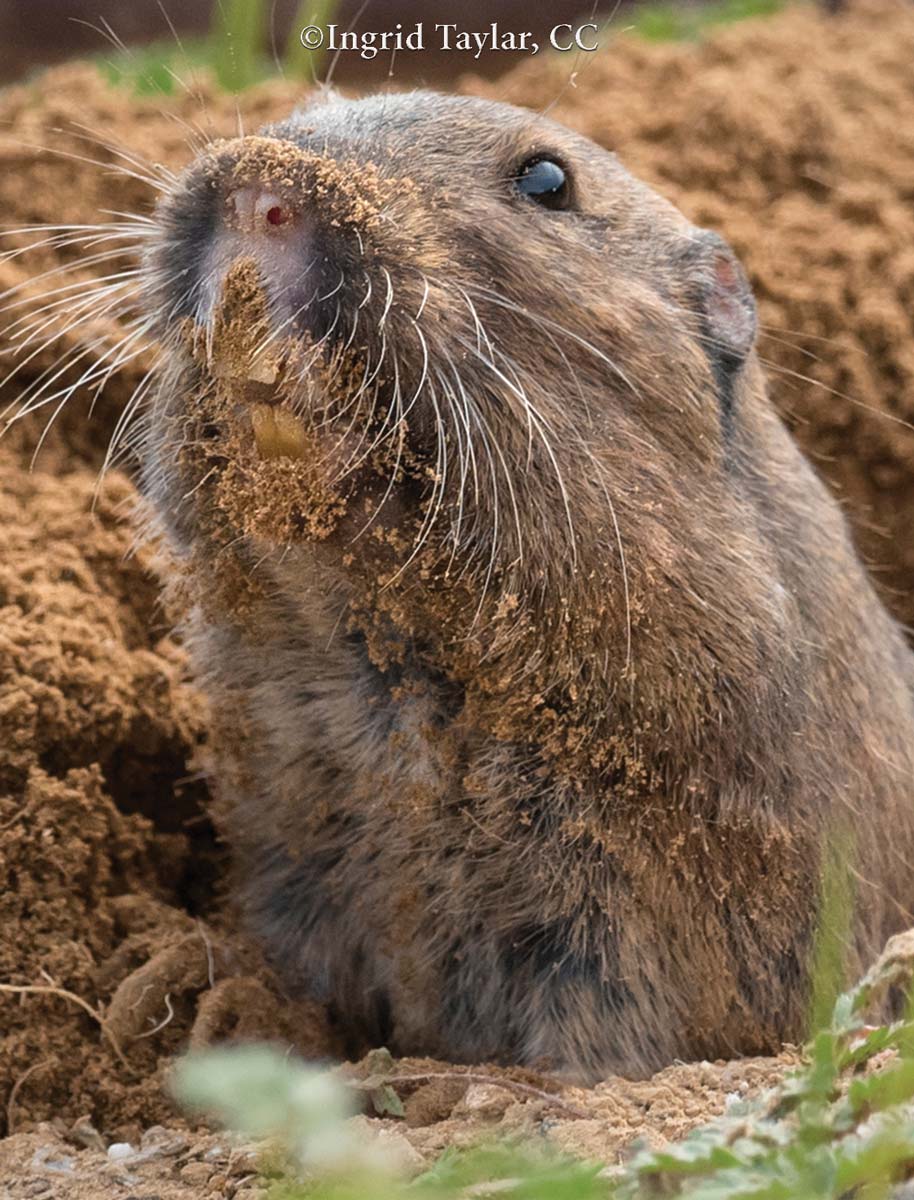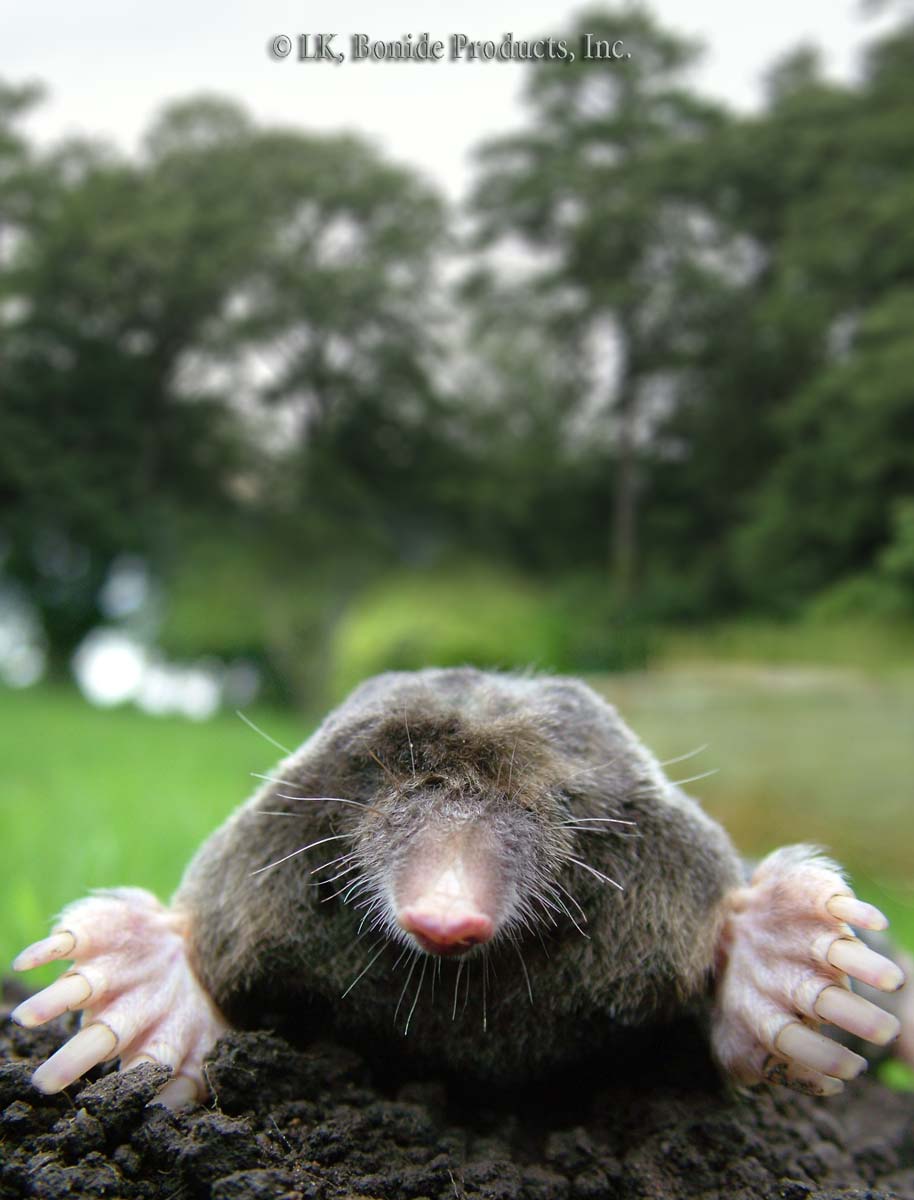Woodchucks
When these husky rodents cease hibernation and emerge from their 2 to 5 foot deep burrows, spring has supposedly arrived. Found in the northern half of the United States, the animals are commonly called woodchucks or groundhogs in the East, marmots in the West. They’re stocky and brown-coated, 16 to 20 inches long, with a … Read more
